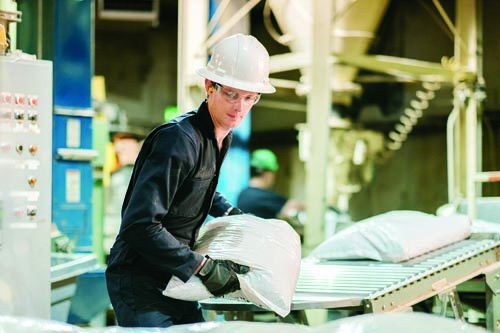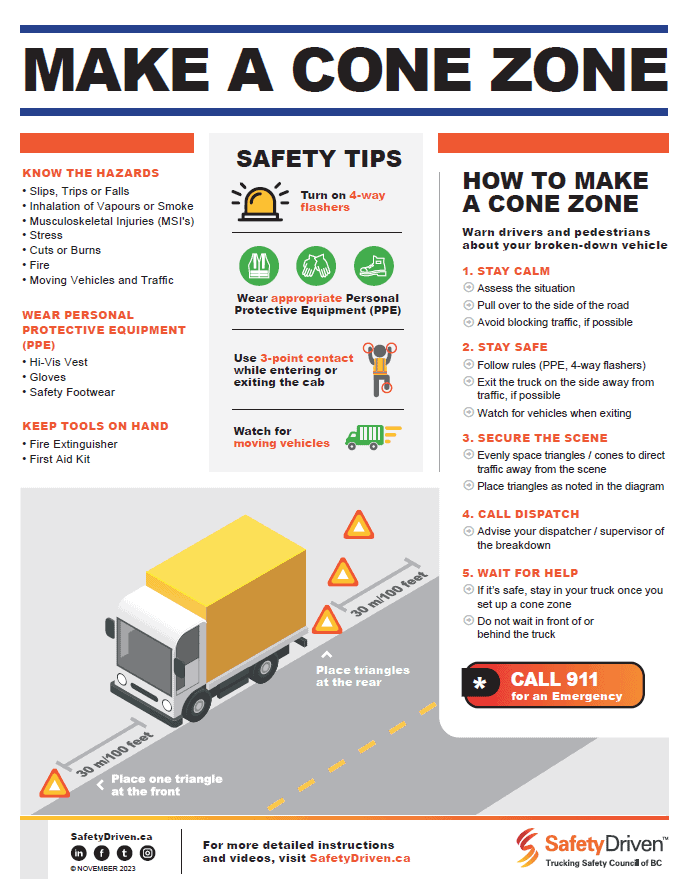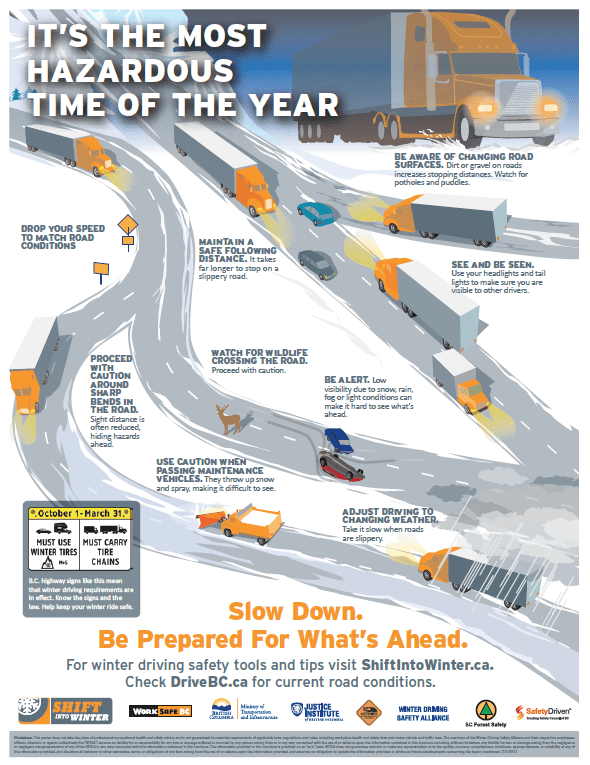
Manual Material Handling and Back Injuries
111,000 recorded in a year. What can we do?
Lifting objects or manually handling materials puts workers at risk for back injuries. More than 111,000 such injuries requiring days away from work were recorded in 2017, according to “Injury Facts,” an online database created by the National Safety Council. What can employers and workers do to prevent them?
Risk prevention
“When efforts to prevent injuries from [manual material handling] focus on only one risk factor, they do not significantly reduce the injury rate,” the Canadian Center for Occupational Health and Safety states. “A more successful approach combines knowledge of ergonomics, engineering, the work environment, and human capabilities and limitations.”
CCOHS recommends eliminating or decreasing demand for heavy manual material handling tasks, reducing stressful body movements and the pace of work, increasing rest breaks and improving environmental conditions.
Elimination. Are powered or mechanical handling systems available to your workers? If so, use them. “Mechanical aids lower the risk for back injury by reducing the worker’s physical effort required to handle heavy objects,” the center points out.
Decrease manual material handling demands. Tips from CCOHS include:
– Plan workflow in advance to avoid repeated handling of the same object.
– Ensure the items handled aren’t too heavy for one person. If they are, use two workers.
– Reduce the distance a worker has to travel while carrying, pushing or pulling a load.
– Change the type of motion used. For example, lowering an object causes less strain than lifting an item, and pulling is easier than carrying.
– Alternate more strenuous tasks with easier ones.
Reduce stressful movements. Too much reaching, bending or twisting can lead to injuries – particularly to the back. To help avoid this, keep all materials at a work level, eliminate deep shelves to avoid bending, ensure enough space so workers can turn smoothly and allow for easy access to loads. Additionally, CCOHS advises workers to use handles whenever possible, or slings or hooks to move loads without handles.
Pace yourself. “Generally speaking, the pressure to work at a certain pace creates the mental need to work in a hurry,” CCOHS states. “This perception, in turn, creates tension not only in the mind but also in the body. Tensed muscles are much more prone to injury.”
Improve conditions. Areas should be well lit to aid depth perception and visual discrimination when carrying objects, and workers in cold environments should wear personal protective equipment to help maintain dexterity.
Visit our website for more great resources on Manual Material Handling.
Latest Resources
Make a Cone Zone
Dowload this poster for tips on how to make a safe cone zone.Winter Hazards Poster
Drivers need to recognize winter hazards. Share this poster to remind drivers how to ...

